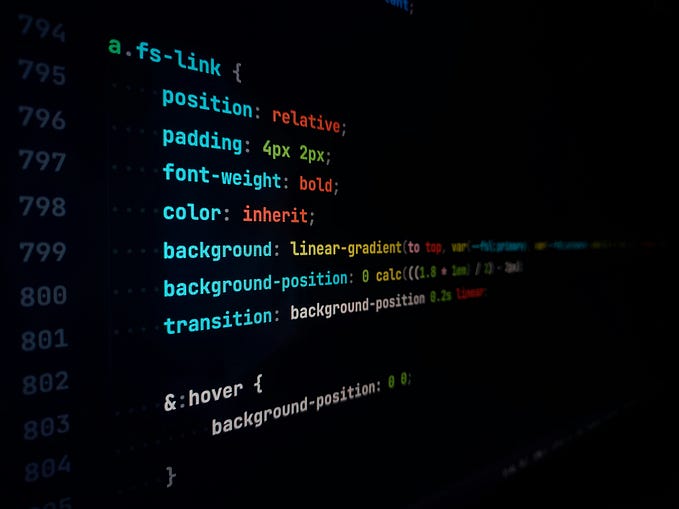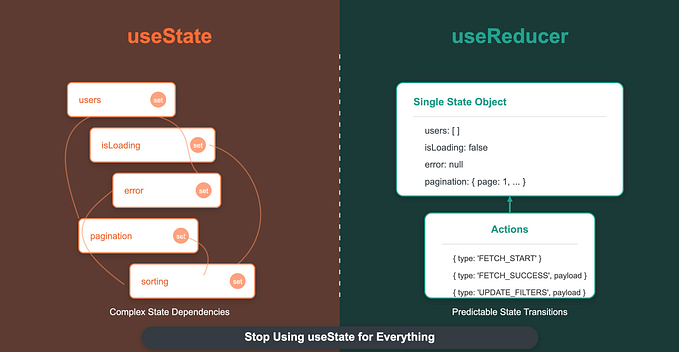What Is z-index in CSS: A Comprehensive Guide

Ever wondered why sometimes your webpage elements don’t layer as you expect them to? Maybe a popup hides behind other content or a dropdown menu doesn’t show up on top. If these scenarios sound familiar, you’re probably dealing with CSS’s z-index. This guide will break down z-index in a way that’s easy to grasp, so you can master layering and stacking elements like a pro.
What is z-index?
Let’s start with the basics. z-index is a CSS property that controls the vertical stacking order of positioned elements. In simpler terms, it decides which elements sit on top of others when they overlap. However, z-index only works if the element has a positioning context. We’ll unpack this idea further to make sure you’re clear on how it functions.
The Basics of z-index
What Does z-index Do?
The z-index property allows you to set the order in which elements are stacked on the page. It takes integer values, where a higher number means the element will be on top of elements with lower numbers. Here’s how you might use it:
.element {
position: relative;
z-index: 10; /* This element will stack above elements with lower z-index values */
}
How to Use z-index with Positioning
For z-index to work, the element must be positioned. This means setting its `position` property to `relative`, `absolute`, `fixed`, or `sticky`. Without this, z-index has no effect. Here’s a quick example:
css
.box1 {
position: absolute;
z-index: 5;
}
.box2 {
position: absolute;
z-index: 10;
}In this case, `.box2` will appear on top of `.box1` because it has a higher z-index.
Stacking Contexts and z-index
What’s a Stacking Context?
A stacking context is like a new layer that determines the stacking order of its child elements. The z-index values you set apply within this context. A few things create new stacking contexts, such as:
• Elements with `position` set to `relative`, `absolute`, or `fixed`, and a z-index value other than `auto`.
• Elements with an `opacity` less than 1.
• Elements with certain CSS properties like `transform` or `filter` set.
How Stacking Contexts Affect Layering
Understanding stacking contexts is crucial because z-index only affects elements within the same context. For example, if an element is inside one stacking context and another element is inside a different one, the z-index values won’t compare across those contexts. Here’s a quick illustration:
.container1 {
position: relative;
z-index: 1;
}
.container2 {
position: relative;
z-index: 2;
}
.child1 {
position: relative;
z-index: 10; /* This is higher than .child2, but only within .container1 */
}
.child2 {
position: relative;
z-index: 5; /* This is lower than .child1, but only within .container2 */
}Here, `.child1` and `.child2` are in different stacking contexts, so their z-index values won’t affect each other directly.
Also Read: Full Stack Developer Roadmap 2024: Trend, Tools & Resources Included
Practical Uses for z-index
Modals and Dialogs
Modals often need to be on top of all other content. Use z-index to ensure they’re always visible:
.modal {
position: fixed;
top: 50%;
left: 50%;
transform: translate(-50%, -50%);
z-index: 1000; /* High z-index to make sure it appears above everything else */
}Dropdown Menus
Dropdowns can sometimes get hidden behind other elements. Ensure they stay on top by setting a higher z-index:
.dropdown-menu {
position: absolute;
z-index: 999; /* Ensures the dropdown appears above other content */
}Tooltips
Tooltips should pop up above their triggers. Use z-index to keep them visible:
.tooltip {
position: absolute;
z-index: 500; /* High enough to be on top of nearby elements */
}Troubleshooting z-index Issues
Common Issues
🛑 z-index Not Working: Make sure the element is positioned. If it’s not, z-index won’t have any effect.
🛑 Stacking Context Confusion: Check if elements are in different stacking contexts, which can affect how z-index values compare.
Debugging Tips
✅ Inspect with Developer Tools: Use your browser’s developer tools to check stacking contexts and z-index values.
✅ Simplify Your Layout: Start with a simple example to ensure z-index is working, then build up to more complex scenarios.
Best Practices for z-index
Keep It Managable
Avoid using excessively high z-index values. Instead, keep a logical order that’s easy to manage and understand.
Meaningful Values
Use z-index values that reflect the importance of elements. For instance, use 1000 for modals and 500 for tooltips to keep things organized.
Manage Stacking Contexts Carefully
Be mindful of stacking contexts and how they affect z-index. Ensure your values are consistent within each context.
Advanced Techniques with z-index
Handling Multiple Stacking Contexts
When working with complex layouts, organize z-index values thoughtfully. This will help you manage different stacking contexts effectively.
Dynamic Layering Effects
Use CSS transitions or JavaScript to adjust z-index dynamically for interactive effects:
.card {
position: relative;
z-index: 1;
transition: z-index 0.3s;
}
.card:hover {
z-index: 10; /* Increases z-index on hover */
}Responsive Design and z-index
Maintaining Layering Across Devices
Ensure your z-index values work consistently across different screen sizes. Test thoroughly to confirm that layering remains correct on various devices.
Mobile Considerations
Adjust z-index as needed for mobile layouts to ensure that interactive elements like modals and dropdowns function properly on smaller screens.
Resources for Further Learning
Want to dive deeper into z-index and CSS layering? Check out these resources:
🌐 CSS Tricks: Offers detailed articles and guides on z-index.
🌐 MDN Web Docs: Provides official documentation on stacking contexts and z-index.
🌐 Can I Use: Useful for checking browser compatibility of CSS properties.
With this guide, you should now have a solid understanding of z-index and how to use it effectively. Whether you’re fixing layering issues or crafting dynamic effects, mastering z-index will make your web design and development tasks smoother. Dive in, experiment, and don’t hesitate to explore the additional resources for more insights!







